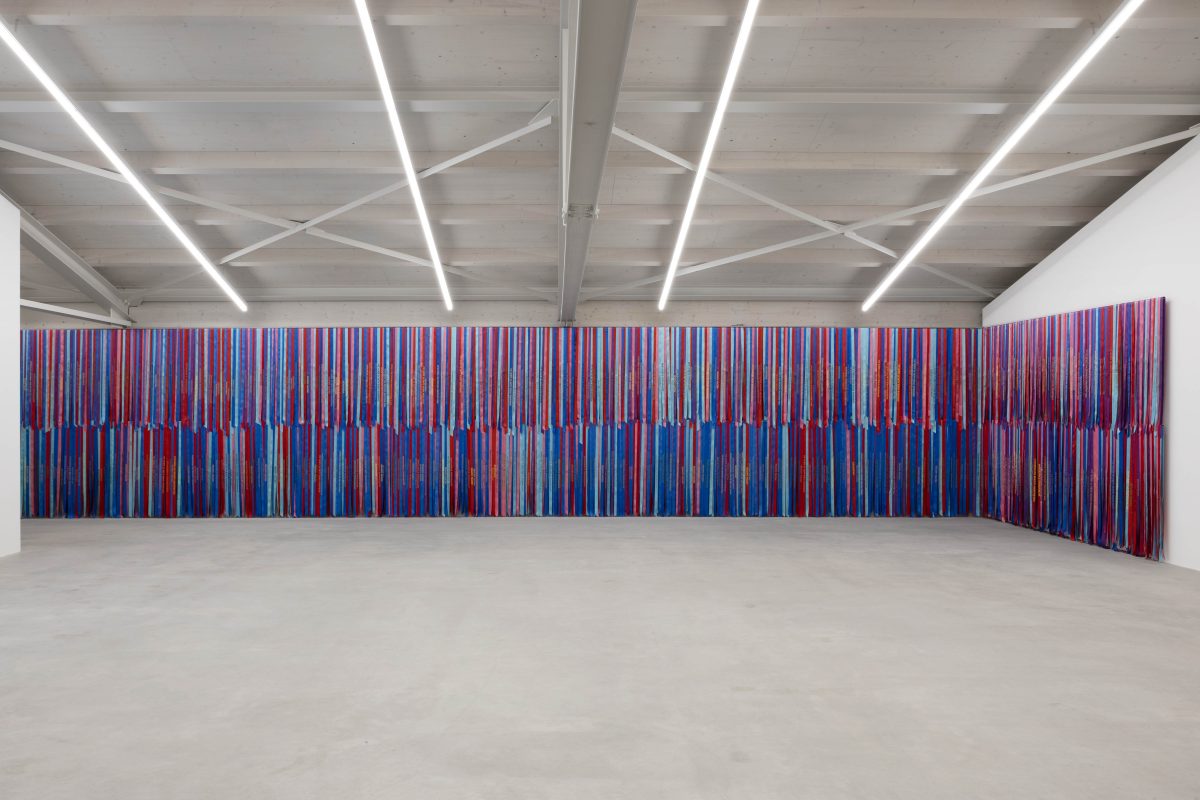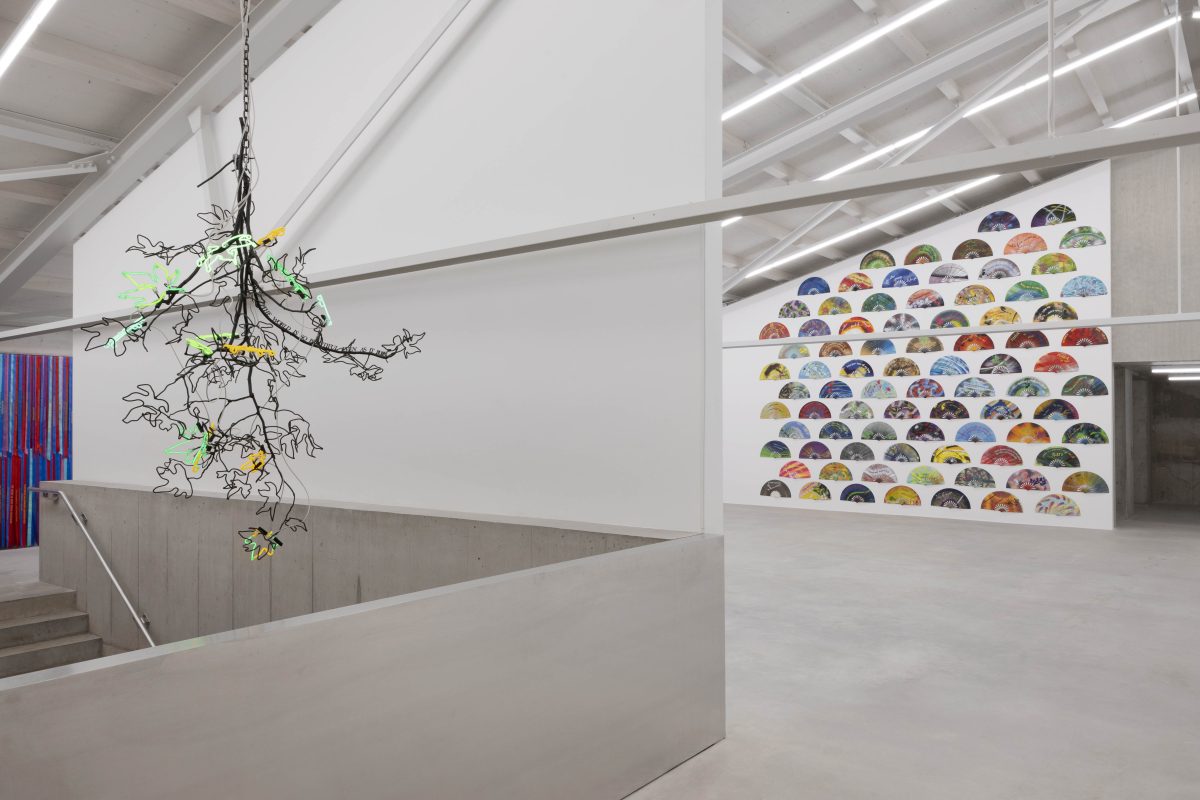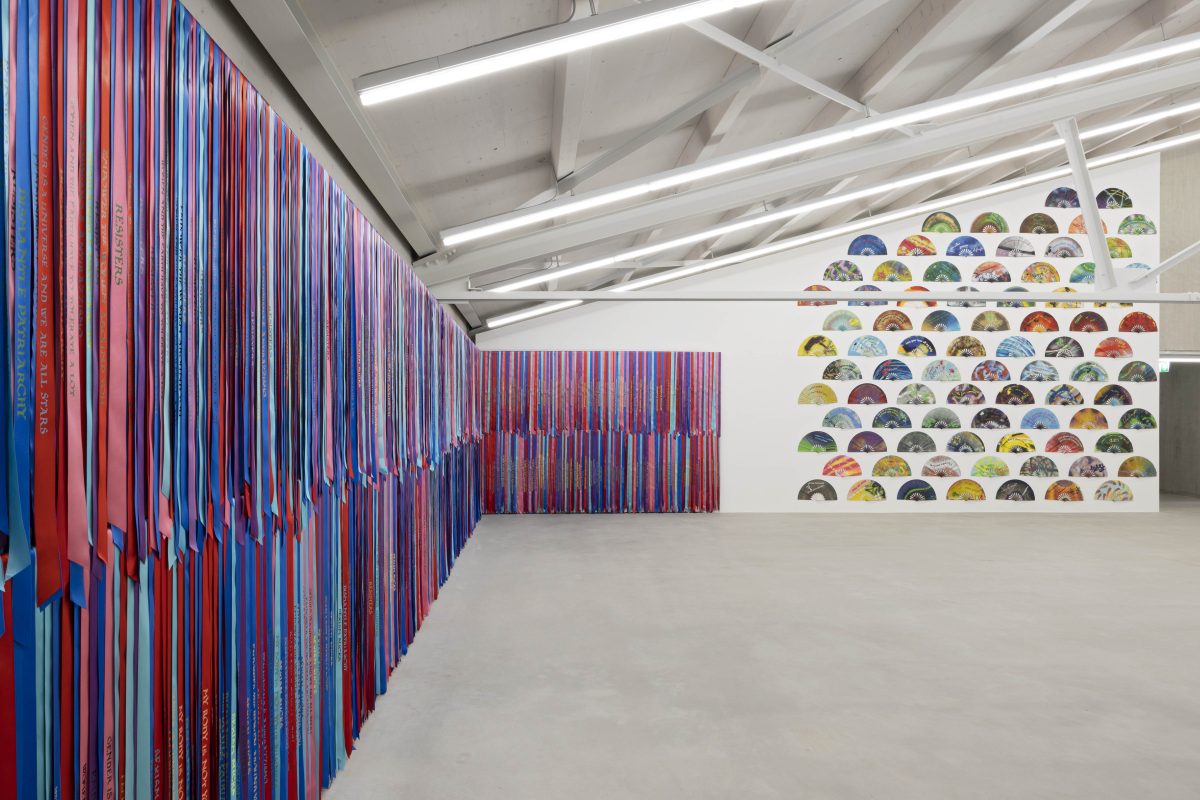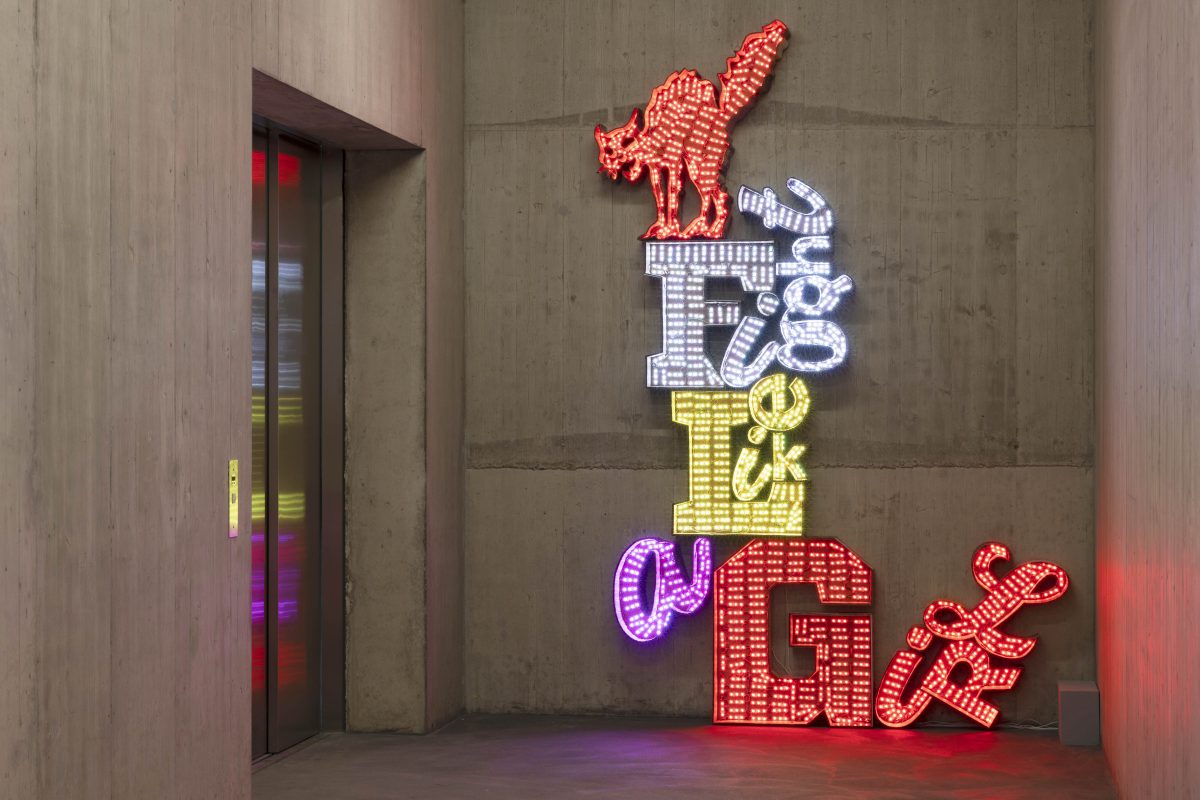
- This event has passed.
Some time ago, I came across the book Rewilding by Paul Jepson and Cain Blythe, a clear, thoroughly researched call to action in the face of today’s contentious climate issues and social changes: action in the sense of re-enabling or promoting an environment friendly to nature and all living things, including encouraging a climate that prevents or at least reduces the extinction, disappearance, or suppression of various species. The word “rewilding” in this context refers to the replanting, renaturalization, and cultivation of plant species that no longer exist, or that are scarce—thereby encouraging animal species associated with them as well—not only in landscapes but also in urban structures. The very structures, in other words, that fundamentally shape our daily lives and of which we are an important part.
Might it not also be necessary at the same time to create conditions that are more hospitable to creativity, along with more spaces conducive to this kind of “creative blossoming”? Shouldn’t we strive for a better integration of culture into society, thereby increasing the relevance of culture overall? After all, creativity serves as a source of the kinds of ideas, solutions, and new directions that enable a future in times of crisis. In times like these, values such as free thought, peaceful coexistence, unity, nonjudgmental interactions, and responsible stewardship of dwindling resources are—or should be—a central global concern.
“Rewilding” means two things the context of the inaugural exhibition: For one thing, it means providing a new haven for the vibrant creative energies that the Kunsthaus has nurtured since its founding and that it intends to continue cultivating in its new setting. And yet it also means revisiting a dynamic in a place that was once closely tied to the circulation of goods and is now, as a building, part of a significant urban transformation. In the coming years and decades, the Dreispitz premises, once closed and fenced off as a bonded warehouse, will take up the developments of recent times and develop into a new area in which people can live, study, work and also relax. The art campus will intermingle with the university campus, hopefully as part of larger ecological projects that are already underway (Merian Gardens for example) or those yet to come; support will come from a younger generation that is looking for new ways to breach sealed surfaces, that demands interaction with certain materials along with resources such as sun, wind, and water—and that will also ask new, pressing questions of cultural institutions.
In this sense, Rewilding speaks both to the Kunsthaus itself and to the revitalization of a formerly inert space into an active one—a space that seeks to nurture and interact with its surroundings, one that should remain receptive to the questions of others as well as to the entire, evolving local landscape.
The title also points on a content level to the artistic practices of the invited artists, the majority of whom are female, from different generations and countries around the world. While their works may be fundamentally different in many ways, they all clearly address questions of responsibility and care for all living beings, the protesting humanitarian and socio-cultural injustices and the squandering of resources. For all those invited, the encounter with art offers a space for reflection, but also activation—principally aimed at stimulating the creative potential of others. (Text by Ines Goldbach)




